Ride to Thrill: Embrace Horseback Riding Adventures

In the heart of humanity’s timeless bond with nature, a captivating art form has endured through centuries – horseback riding. Feel the breeze tousling your hair and experience the rhythmic cadence of hooves beneath you. Horse riding emerges as a profound testament to the deep connection between humans and horses. Engaging in this equestrian adventure transports you into a tradition that has endured since ancient times. Where the skill and grace of riding have left an enduring impression on cultures across the ages.
From time immemorial, Equestrianism has transcended mere transportation. It encapsulates the very essence of freedom, strength, and the remarkable bond. Shared between humankind and these majestic creatures. It stands as one of the most dangerous sports in the world, where the harmony of rider and horse takes center stage.
Table of Contents
Here are the horse riding injury statistics from the Ohio State University. From the nomadic groups of ancient civilizations, who relied on horses for survival, to the regal knights of medieval times, who epitomized chivalry astride their noble steeds, this art has been intertwined with the very fabric of human existence.
As we delve into the enchanting world of horse riding, let us journey through the annals of time, uncovering the triumphs and tribulations, the evolution and enduring allure of this timeless pursuit. Saddle up, for a breathtaking odyssey awaits, where past and present merge in perfect harmony, and the lure of horse riding beckons you to gallop through history’s captivating embrace.
Types of Horseback Riding
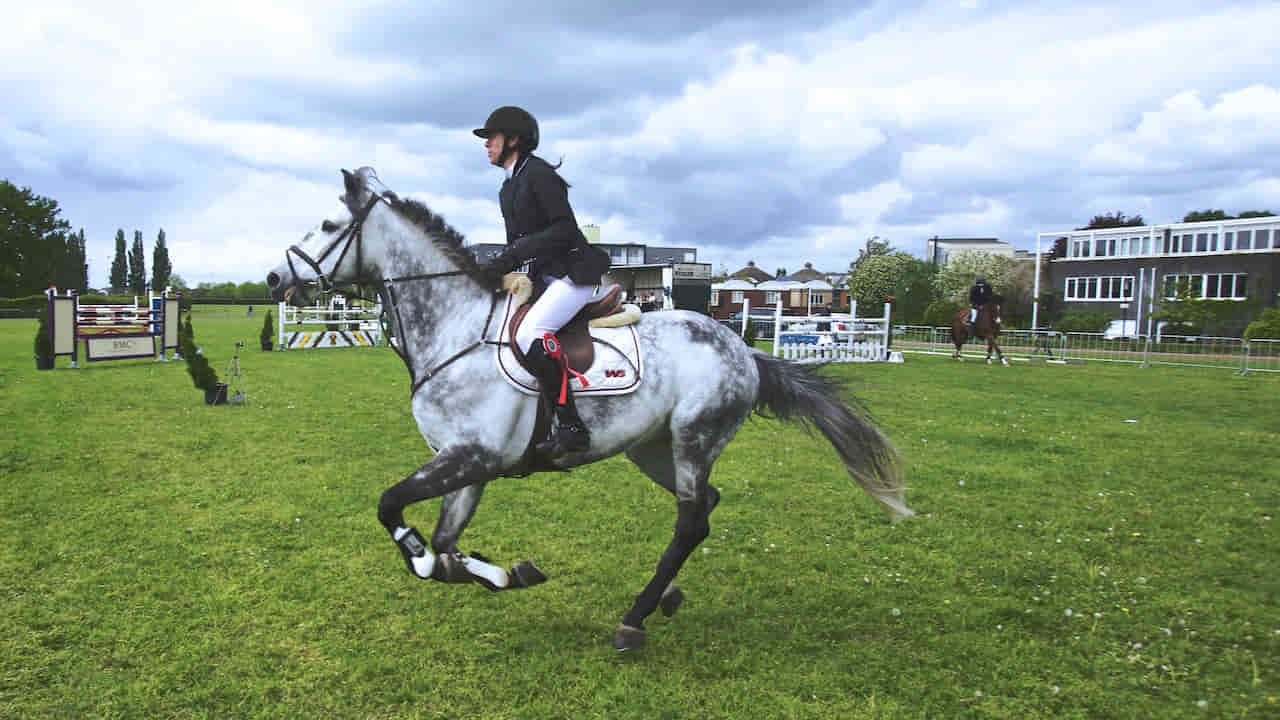
English Riding
Emanating from European traditions, English riding is renowned for its elegance and refinement. Characterized by the use of a close-contact saddle and reins held in both hands, English riding encompasses several disciplines, including:
- Show Jumping: A thrilling sport where horses and riders navigate challenging obstacles, showcasing their agility and precision.
- Dressage: Often referred to as “horse ballet,” dressage emphasizes the horse’s responsiveness and harmony with the rider through precise movements and patterns.
- Eventing: An exhilarating combination of dressage, cross-country jumping, and show jumping, testing the versatility and skill of both horse and rider.
Western Riding
With its roots in the American West, Western riding exudes a sense of rugged independence, utilizing a giant saddle and reins held in one hand. It includes:
- Reining: A dynamic display of finesse and control, reining involves executing a series of intricate patterns, spins, and sliding stops.
- Cutting: Cutting from cattle ranching showcases a horse’s ability to separate a single cow from the herd and keep it isolated.
- Rodeo Events: It encompasses barrel racing, steer wrestling, and roping competitions. Rodeo events highlight the skills needed for ranch work and performance.
Jumping
Jumping, a thrilling equestrian sport, challenges riders and horses to conquer formidable obstacles. Originating from fox hunting in Europe, it has evolved into a riveting showcase of precision and speed. Riders guide their horses through colorful fences, aiming to clear them gracefully.
Success requires a harmonious partnership, effective communication, and impeccable balance. Jumping exemplifies the extraordinary bond between horse and rider, showcasing the magic of flight, making horse riding an enduring pursuit.
Trail Riding
An opportunity to connect with nature, trail riding involves leisurely journeys on horseback through picturesque landscapes, woodlands, or mountains. It allows riders to enjoy the serenity of nature and strengthen their bond with their equine companions.
Endurance Riding
An actual test of stamina and horsemanship, endurance riding involves long-distance races, typically spanning 50 to 100 miles in a day or multiple days. The horse’s welfare is crucial. Riders must ensure their well-being throughout the grueling course.
Polo
Polo is an ancient sport with roots in Persia and Central Asia. It is a fast-paced team game played on horseback. Players aim to strike a small ball into the opposing team’s goal using long-handled mallets, demanding exceptional riding and coordination skills.
Vaulting
Vaulting is an artistic and athletic discipline where individuals or teams perform choreographed routines atop a moving horse, combining gymnastics and dance on horseback. As horseback riding continues to evolve, these diverse disciplines enrich the equestrian world. They offer riders of all levels and interests an opportunity to partake in the extraordinary bond between humans and different types of horses.
From the spirited arenas of competition to the tranquil trails of exploration, each form of riding weaves a unique tapestry, capturing the essence of this timeless and remarkable art.
Dressage Riding
Dressage is an exquisite form of riding. It’s an artful display of meticulously choreographed movements. It emphasizes seamless communication between horse and rider. With a history rooted in ancient Greek military training, dressage showcases the deep bond of trust and understanding between them. Mastering this discipline demands dedication and appreciation for equine athleticism.
Horse Riding From Around The World – A Worldwide Overview
Equestrian activities have distinctive forms in various cultures. It reflects history, geography, and tradition. It’s a global activity, and there are popular forms of horsemanship in different parts of the world.
Mongolia
In Mongolia, all life begins and ends with horses. The youngsters learn to ride from a very young age, and traditional horse racing during the Naadam Festival is one of the nation’s most popular pastimes.
Argentina
Polo has become Argentina’s national sport, and the country is now widely regarded as the world’s polo capital. The Argentine Polo Horse, which is fast and agile, is widely regarded as the best polo horse in the world.
Spain and Austria
Traditional horse culture has persisted here into modern times through performing horses like Andalusian horses or Lipizzaners. They carry on centuries-old traditions of dressage in the Royal Andalusian School in Spain. The Spanish Riding School in Vienna where their performances are refined artistic experiences.
United Arab Emirates
The UAE is home to some of the world’s most prestigious endurance races, which often take place on thoroughbred Arabian horses known for their toughness and hardiness over long distances in desert trails.
United States
Based on the lifestyles of cattle ranching, western riding is part of American tradition, ranging from top shows such as rodeo and reining to casual trail riding.
Horseback riding is not only universal – it’s a cultural reflection of how people regard freedom, work, competition, and partnership with animals.
Equipment Used in Horse Riding
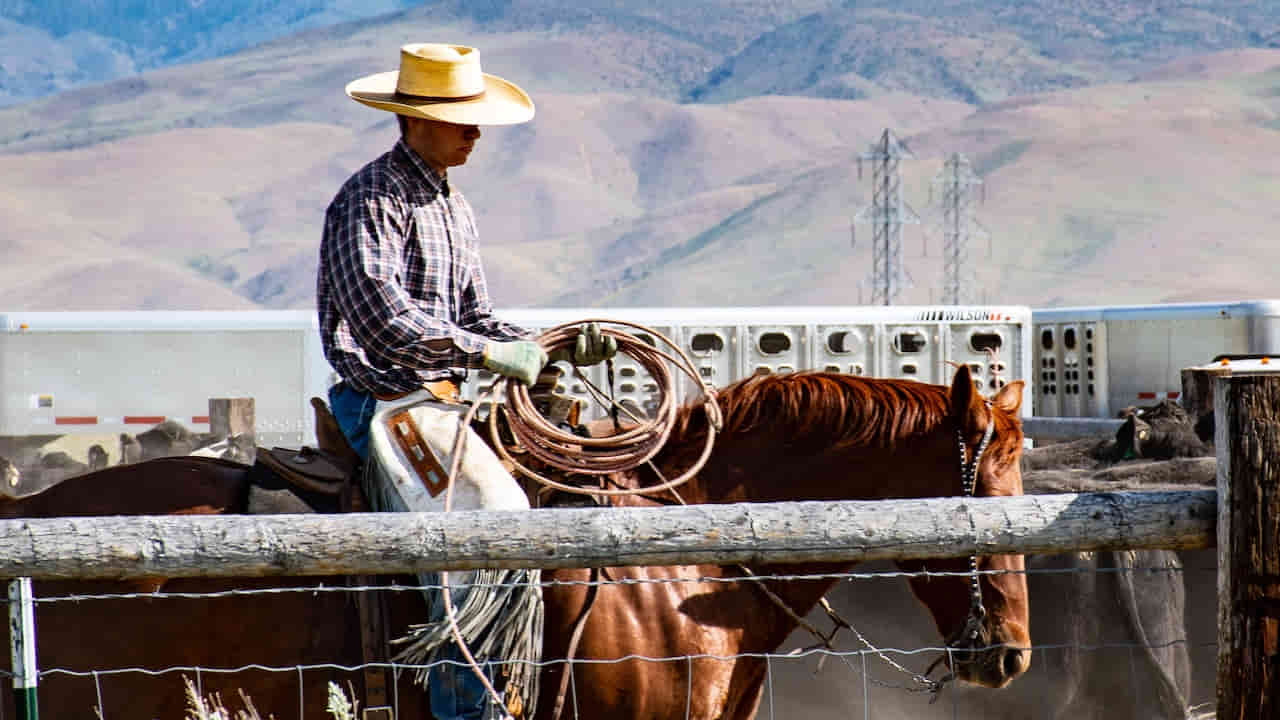
Proper equipment ensures the horse and rider’s safety and comfort during horse riding. Investing in high-quality, well-fitted gear is essential for an enjoyable and secure riding experience. Regularly inspect and maintain the equipment to ensure its longevity and performance.
Horse Tack
Saddle
The saddle is a critical equipment used to evenly distribute the rider’s weight on the horse’s back. Various saddles, such as English, Western, and endurance, are designed for specific riding disciplines and preferences.
Bridle
The bridle consists of the headstall, bit, and reins. It allows the rider to communicate with the horse by applying pressure to its mouth through the bit. There are different types of bits with number of severity degrees. It solely depends upon the horse training and sensitivity.
Reins
Reins are attached to the bit. It serves as the means for the rider to control the horse’s direction and speed. Reins can be made of different materials such as lather and synthetic material. They come in different length and styles depending on the ride.
Martingales and Breastplates
These are additional pieces of equipment used to provide extra control and safety. A martingale helps control the horse’s head position, while a breastplate prevents the saddle from slipping backward during riding.
Girth
The girth, known as a cinch in Western riding, secures the saddle on the horse’s belly. It comes in various materials, such as leather, neoprene, and synthetic fabrics, and styles, like dressage girths or Western cinches.
Clothing For Riders
Riding Helmet
A riding helmet is essential for safety and protects the rider’s head from injury in case of a fall. It should meet safety standards and fit snugly to provide proper protection.
Riding Boots
Riding boots are specially designed with a distinct heel to prevent the foot from sliding through the stirrup and offer ankle support. There are various styles, including tall, paddock, and Western boots.
Breeches/Jodhpurs
Breeches or jodhpurs are pants explicitly designed for horseback riding. They offer comfort, flexibility, and grip in the saddle.
Riding Gloves
Riding gloves provide a better grip on the reins. They protect the rider’s hands from blisters and friction.
Show Clothing
For competitive riders, show clothing may include show jackets, show shirts, and stock ties (in English riding) or show shirts and cowboy hats (in Western riding).
Body Protector/Vest
Some riders wear body protectors or vests for additional safety and impact protection, especially in disciplines like eventing or cross-country.
Popular Horse Breeds and Riding Styles
There are breeds that can perform well in some areas. Pairing the perfect horse with the desired activity increases both performance and enjoyment for clients.
- Thoroughbred – Great for racing and jumping. Distinguished for speed, endurance, and athleticism.
- Arabian – Arabian is the endurance riding favourite. Light and sophisticated with unprecedented power.
- Quarter Horse – Versatile breed suitable for Western riding and work. Steady, fast, and dual-purpose in reining & rodeo events!
- Andalusian – Favored for dressage. Elegant, muscular, and known for its classical riding displays.
- Warmbloods (Hanoverian, Dutch Warmblood, etc.) – They are the A-topic horses of Olympic-level dressage and jumping.
- Icelandic Horse – Known for a naturally smooth gait called the “tölt,” This breed has been developed in Iceland and is perfect for trail riding across long distances.
- Friesian – With their full manes and enormous frames, Friesians are commonly seen in driving, dressage, or ceremonial riding.
Each breed epitomizes a separate riding tradition – the speed of a Thoroughbred on the racecourse, the strength of a Quarter Horse on the ranch, and the grace of a Lipizzaner displaying haute école movements.
Basic Skills Required for Equine Riding
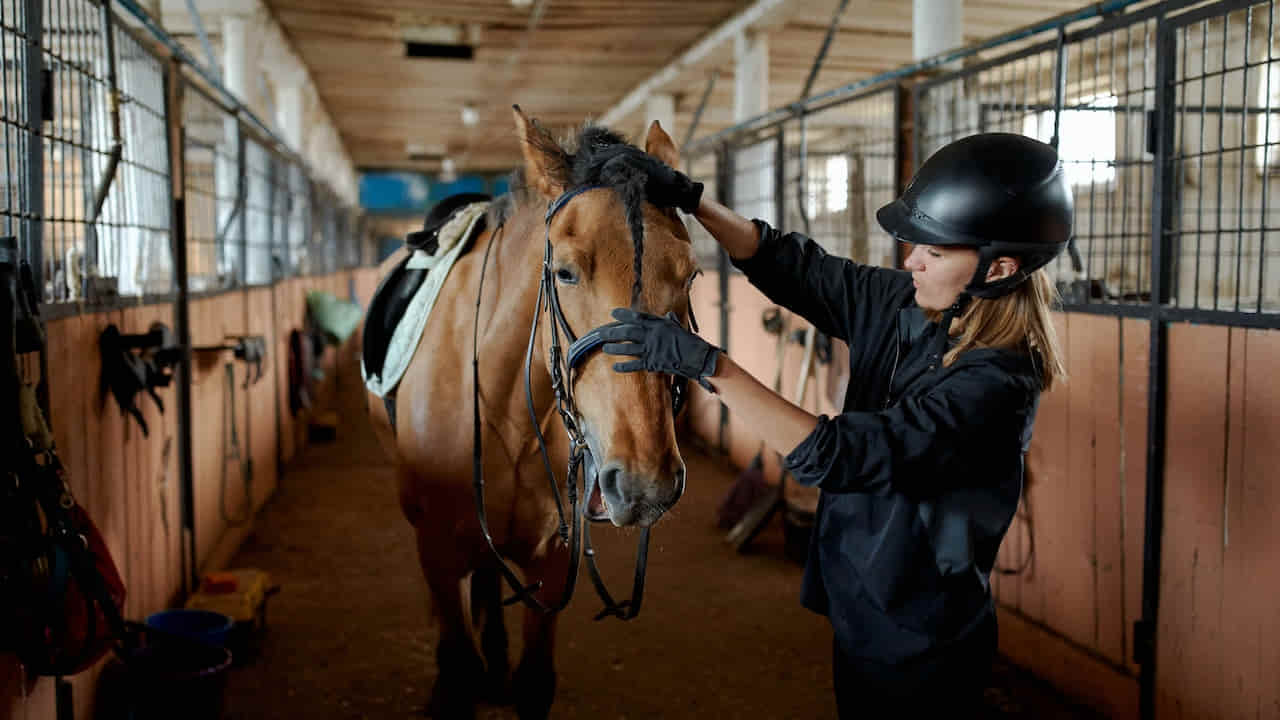
Developing these foundational skills forms the basis of becoming a competent and confident horseback rider. Consistent practice, patience, and respect for the horse are essential to progress and build a strong partnership between horse and rider. As riders advance in their abilities, they can explore various equestrian disciplines and embark on an enriching journey in horseback riding.
Mounting and Dismounting a Horse
One of the fundamental skills is learning how to mount and dismount a horse safely and gracefully. Proper mounting involves placing the left foot in the stirrup. Then swinging the right leg over the horse’s back, and gently settling into the saddle. Dismounting requires the rider to swing the right leg over the horse’s back and land softly on the ground.
Basic Riding Positions
- Walk: The walk is the slowest gait of the horse, and it involves a four-beat movement where each hoof hits the ground separately.
- Trot: The trot is a two-beat diagonal gait with a slight suspension between each stride. The rider must learn to sit or rise with the horse’s movements.
- Canter: It’s a three-beat gait requiring a more advanced riding position. The rider must coordinate with the horse’s motion, moving in a forward and backward rocking motion.
- Gallop: The gallop is the fastest gait of the horse, with a four-beat movement where all four hooves are off the ground at one point.
Use of Reins and Aids
Understanding how to use the reins and aids effectively is crucial for communicating with the horse. The rider learns to apply gentle pressure, release, or adjust the reins to signal the horse to stop, turn, or change gaits. Additionally, leg aids and seat cues convey direction, speed, and transitions.
Maintaining Balance and Posture
Riders must develop a stable and balanced seat to stay centered on the horse and maintain control. Proper posture, including relaxed shoulders, straight back, and heels down, is essential for stability and communication.
Steering and Control
Learning to steer the horse in the desired direction is a crucial skill. Riders practice guiding the horse through turns, circles, and straight lines using a combination of rein, leg, and seat aids.
Halt and Walk On
Teaching the horse to halt (stop) and walk on (start moving) upon command is an essential skill for any rider, as it allows them to control the pace and movement of the horse effectively.
Transitions and Changes of Pace
Mastering smooth transitions between gaits, such as walk to trot or trot to canter, demonstrates the rider’s ability to communicate effectively with the horse.
Emergency Dismounting
Riders should also be familiar with emergency dismounting techniques in case of unforeseen situations to ensure their safety and the horse’s well-being.
Understanding Horse Behavior and Body Language
A knowledgeable rider is attuned to the horse’s behavior and body language, allowing them to anticipate the horse’s actions and respond appropriately.
Essential Grooming and Tacking
Riders should have a basic understanding of grooming and tacking, including brushing, picking hooves, and correctly fitting the saddle and bridle to ensure the horse’s comfort and well-being before and after riding.
Health Benefits of Horseback Cantering
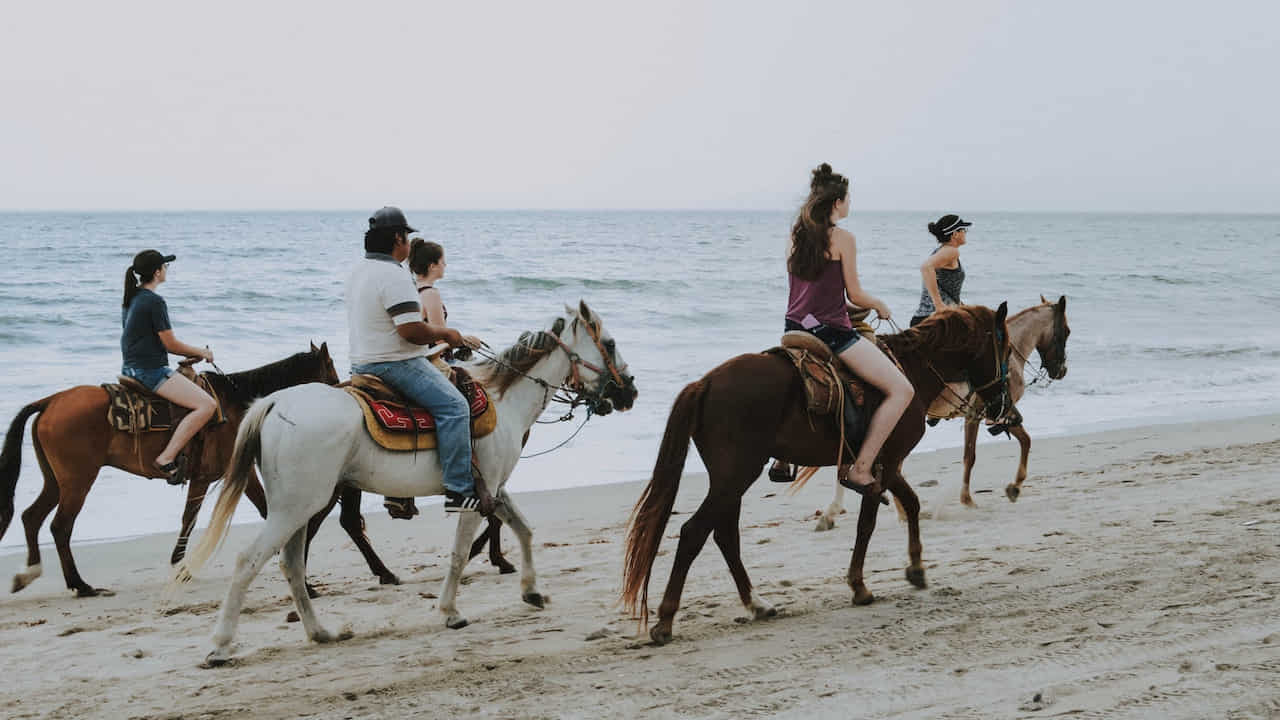
In 2025, riding a horse becomes much more than a sport or pastime. Its applications have opened up into health, therapy, and lifestyle improvement:
Improved Balance and Coordination
Riding a horse requires constant adjustments to maintain balance while in motion. As a result, riders naturally develop better coordination and stability as they learn to synchronize their movements with the horse’s rhythmic strides.
Increased Cardiovascular and Muscular Fitness
Horseback riding is an excellent way to work out cardiovascular and muscular systems. The physical effort involved in riding, such as posting at the trot or maintaining proper riding posture, strengthens core and leg muscles and improves cardiovascular health.
Enhanced Flexibility and Range of Motion
Riding encourages riders to adopt a flexible and fluid posture, increasing flexibility and range of motion in joints and muscles over time.
Improved Mental Focus and Concentration
Rider must be concentrated and focused while riding. This enhanced concentration can have positive effects on mental clarity and overall mindfulness.
Stress Reduction and Anxiety Relief
The rhythmic motion of riding can have a calming effect It soothes the nervous system. It has been found that it reduces stress and anxiety levels. Horse riding provides a peaceful escape from the daily life frustrations.
Emotional Connection and Empathy
Interacting with horses fosters a unique emotional bond, promoting empathy and responsibility towards these magnificent creatures. The connection formed with the horse can also provide emotional support and a source of joy.
Therapeutic Benefits for Specific Populations
Horseback riding is a valuable therapy for individuals with disabilities or support needs. Equine-assisted treatment, or hippotherapy are known for many benefits. It can improve muscle tone, balance, and coordination of the rider.
Boosted Self-Confidence and Self-Esteem
Riders master new skills and overcome challenges faced by Equestrianism. They gain a sense of accomplishment, increasing self-confidence and self-esteem.
Opportunities for Outdoor Recreation
Horse riding requires beautiful natural settings It allows riders to connect with nature and enjoy outdoor recreation while engaging in a fulfilling activity.
Social Interaction and Community Involvement
Riding can be a social activity also. It offers the chance to meet like-minded people. It lets you participate in events or competitions and create a strong sense of community.
Equine-Assisted Therapy (EAT)
From autism to PTSD and anxiety, physical disabilities, horses are being used more and more in therapy. The pedaling rhythm that riding requires helps to develop balance, motor skills, and emotional regulation.
Wellness & Stress Relief
Many riding schools offer programs in what’s now become known as “mindful” riding – equestrian practice combined with meditation for stress relief.
Rehabilitation & Physical Fitness
Hippotherapy is used by physiotherapists as part of treatment schemes aimed at improving mobility and increasing muscle strength of injured patients or those with neurological diseases.
Community Building
Riding clubs and equestrian centers are flourishing as places where people of any age can connect, learn about responsibility, and establish friendships that last a lifetime.
Eco-Tourism & Adventure Travel
Today, horseback riding tours are a key attraction across countries that include Iceland, Morocco, and New Zealand, giving travelers an eco-friendly way to explore landscapes.
Today’s equestrianism is a mix of tradition, therapy, and lifestyle – available not only to serious competitors but to anybody in search of physical, emotional, and spiritual fulfillment.
Safety Considerations for Riding
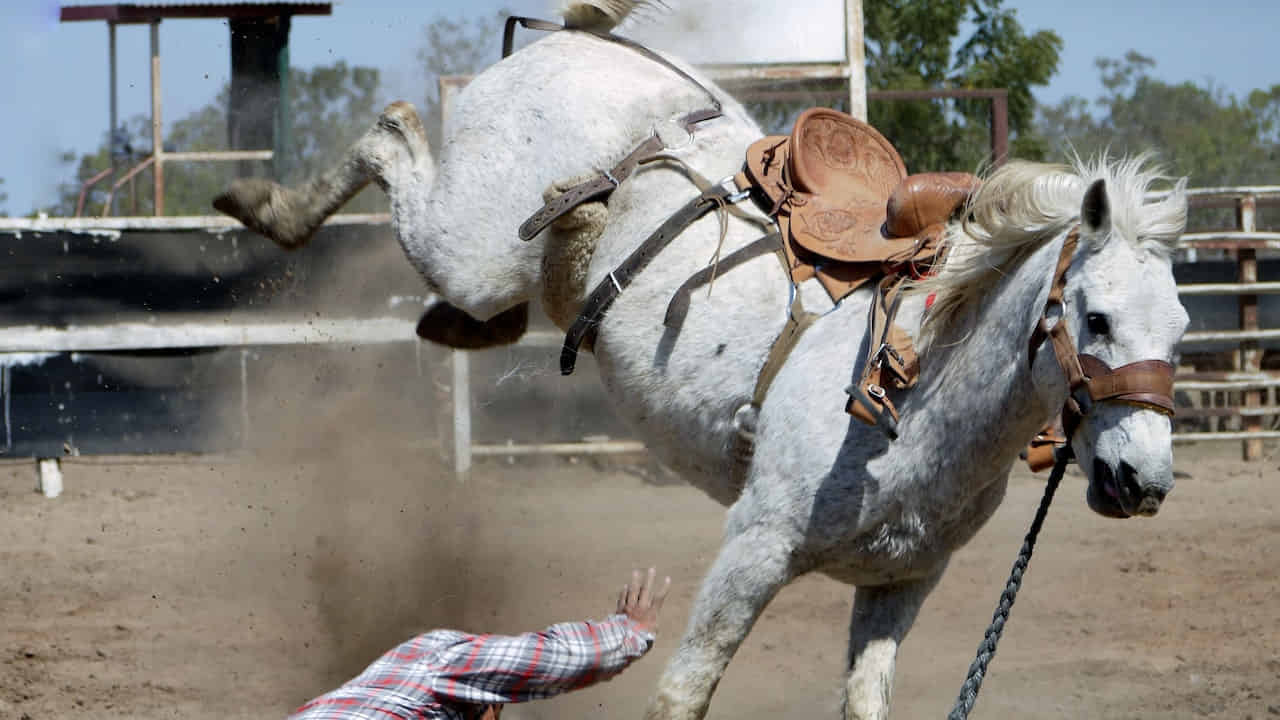
Horseback riding is rewarding activity, but it also involves inherent risks. You must manage to ensure the safety of both riders and horses. By adhering to these safety considerations and precautions, riders can create a safer and more enjoyable riding experience.
It is the necessity for themselves and their equine companions. Safety must be the top priority in equestrian activities. It fosters a long-lasting and positive relationship between rider and horse.
Proper Training and Supervision
Before mounting a horse, it is crucial to receive proper training from a qualified instructor. Beginners should start with supervised lessons to learn basic riding skills and safety techniques under the guidance of an experienced rider or instructor.
Appropriate Horse Selection
Choosing the right horse that matches the rider’s skill level and experience is essential for safety. Inexperienced riders should ride well-trained and calm horses to reduce the risk of accidents.
Wearing Safety Gear
Always wear appropriate safety gear, starting with a well-fitted riding helmet. Helmets are essential for protecting the head in case of a fall or impact. Additionally, wearing proper riding boots with a distinct heel can prevent feet from slipping through the stirrups.
Checking Equipment
Regularly inspect all horse tack and riding equipment to ensure it is in good condition and properly fitted. This includes checking the saddle, bridle, girth, stirrups, and reins for any signs of wear or damage.
Mounting and Dismounting Safely
Proper mounting and dismounting techniques are vital to prevent accidents. Permanently mount the horse with a mounting block or assistance, and dismount slowly and carefully to avoid injury.
Understanding the Horse’s Behavior
Familiarize yourself with horse behavior and body language to anticipate the horse’s reactions and respond appropriately. This knowledge helps build a better understanding and communication with the horse.
Maintaining Control
Always maintain control of the horse and avoid situations that may make the horse skittish or anxious. Avoid loud noises or sudden movements that could startle the horse.
Learning Emergency Procedures
Riders should know emergency dismounting techniques and learn how to respond to unexpected situations, such as spooking or bolting. It is essential to stay calm and in control during such instances.
Staying Aware of Surroundings
Monitor the surroundings. Be aware of potential hazards, such as uneven terrain. Stay cautious of low-hanging branches, or other animals.
Warm-Up Exercises
Before riding, perform warm-up exercises to stretch and loosen muscles, helping to prevent strain or injury during the ride.
Staying Hydrated and Taking Breaks
Riding can be physically demanding, so stay hydrated and take breaks to avoid fatigue.
Know Your Limits
Recognize and respect your limits as a rider. Only attempt advanced maneuvers or ride in risky conditions if you are sufficiently experienced.
Final Words
Horseback riding is not just a recreational pursuit but a captivating journey that offers many physical, mental, and emotional benefits. As riders embark on this equine adventure, it is essential to prioritize safety considerations and understand the horse’s behavior.
Through horse riding, individuals develop improved balance, coordination, and muscular fitness while forming a profound connection with these majestic animals. The freedom of movement and the harmony achieved with the horse instill a sense of joy and liberation.
The bond between rider and horse is a unique relationship filled with trust, empathy, and mutual understanding. Whether trotting along scenic trails or mastering intricate dressage movements, the joys of riding go beyond the saddle, transcending into moments of exhilaration, tranquility, and pure bliss.
Frequently Asked Questions
It depends on your goals. Beginning riding (walking, trotting) can be learned within a few weeks of lessons, but to master jumping or dressage takes years of experience and patience.
Yes, it can be. Costs can depend on location, lessons, horse boarding, and gear. But trail rides, group lessons, or riding schools make it accessible for beginners.
Children can ride safely with adequate supervision, gentle horses, and safety equipment. There are a number of riding schools that cater specifically to beginners and children.
Yes. Research demonstrates that riding reduces stress, heightens awareness, and increases confidence. Therapeutic Equestrianism is well known for the mental health benefits it can provide.
Absolutely. Horse riding will work your core, legs, and back muscles, and it can improve balance and is a great cardiovascular workout. You can burn the same number of calories per hour riding a bike.
The emphasis in English riding is on precision (dressage, jumping) and a smaller saddle. Western riding features a much larger saddle for ranch-related work and is a “comfort” position, often used when covering long distances on horseback.